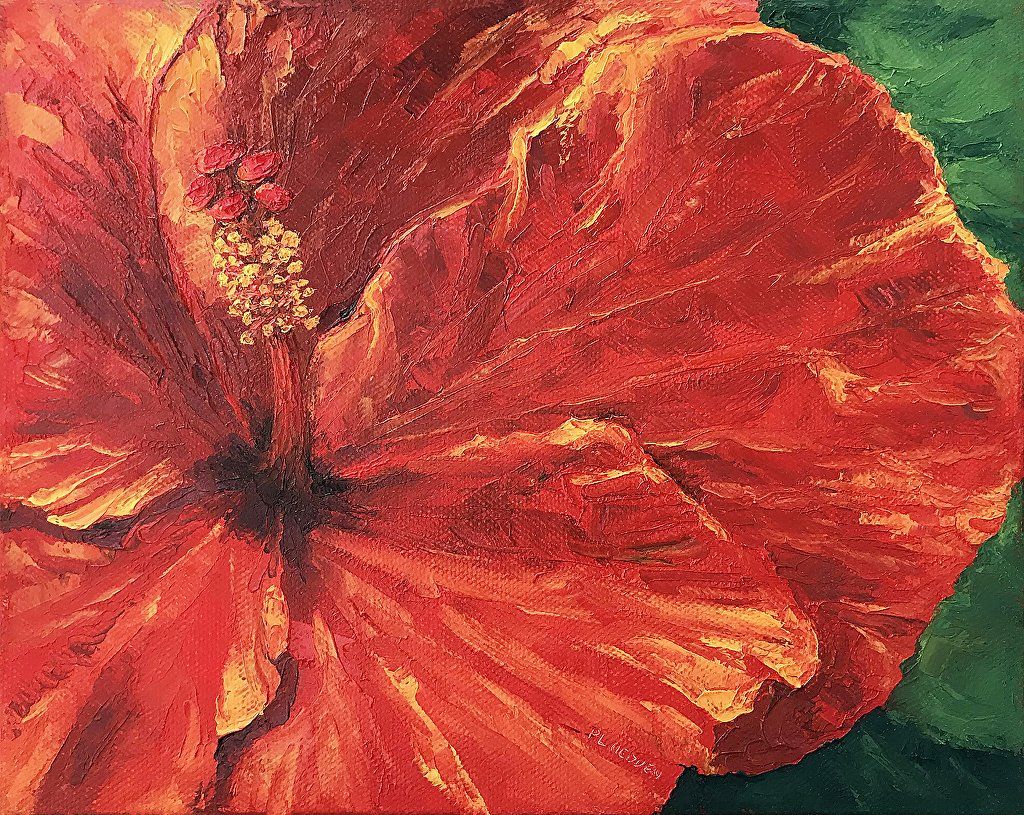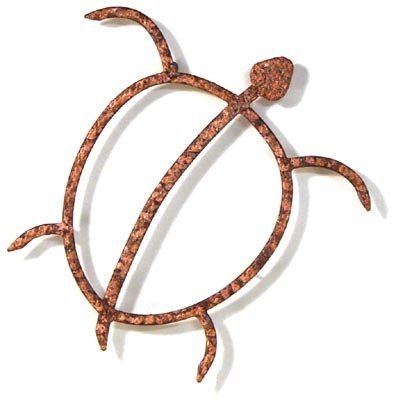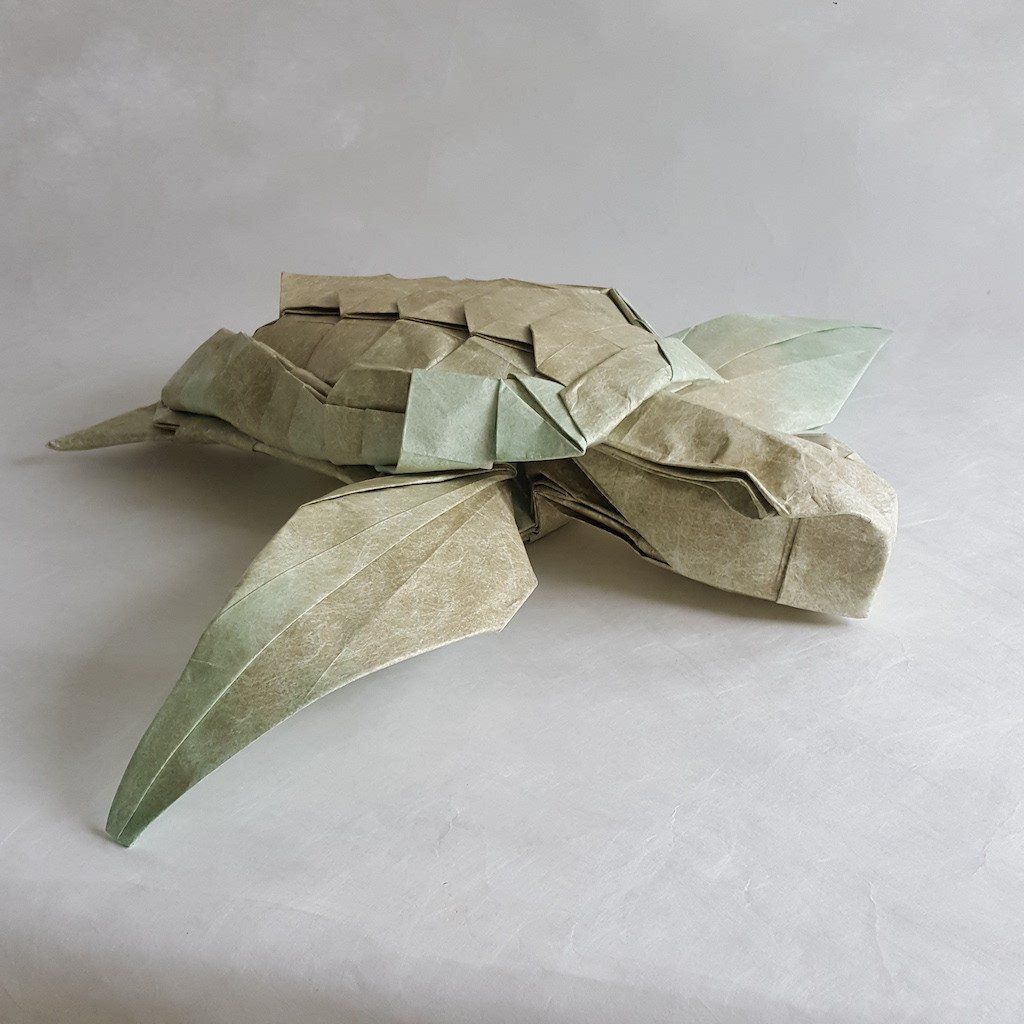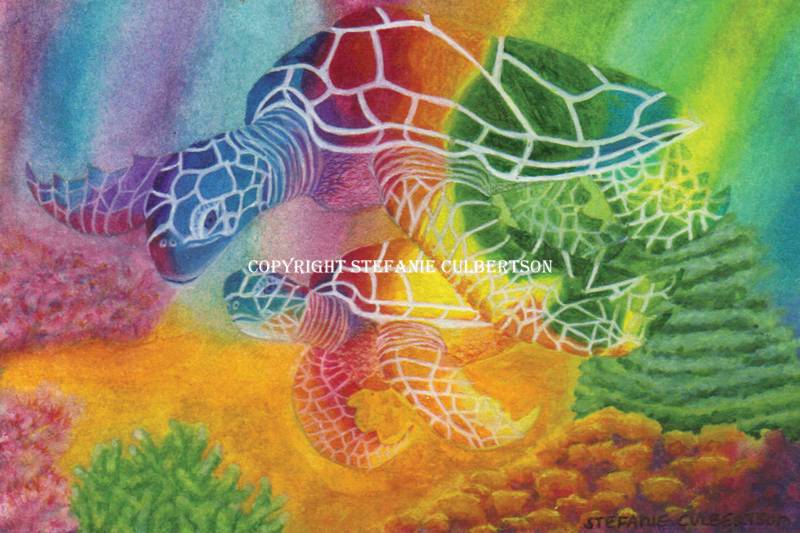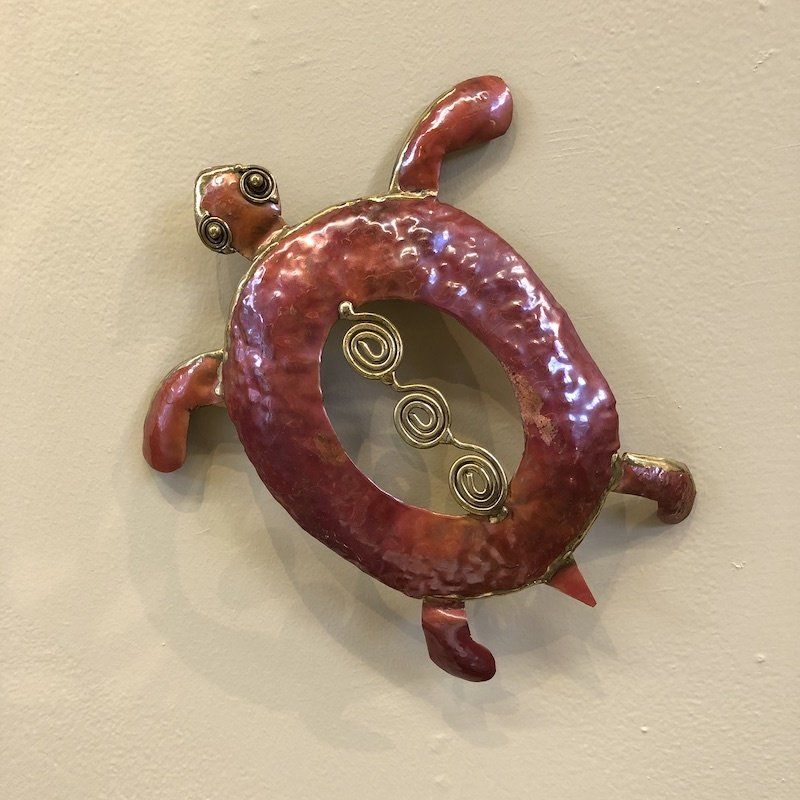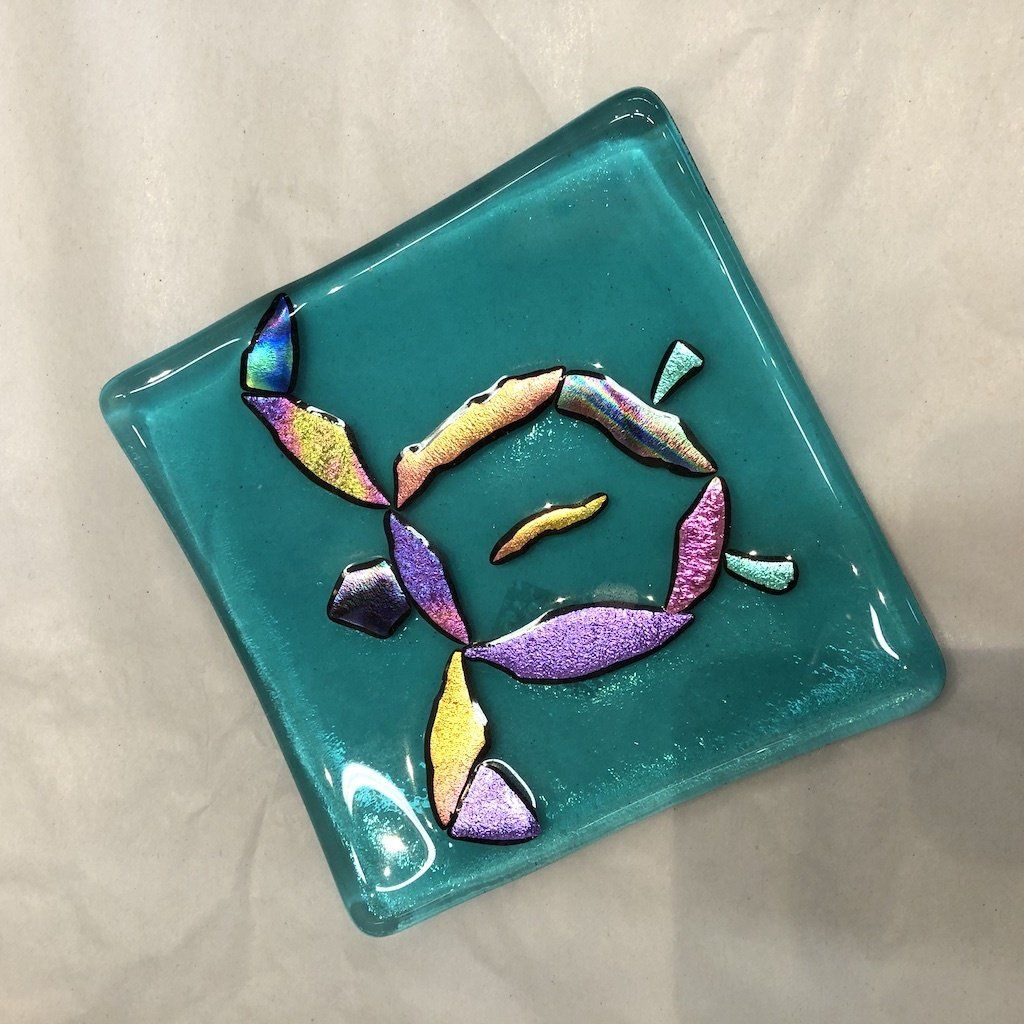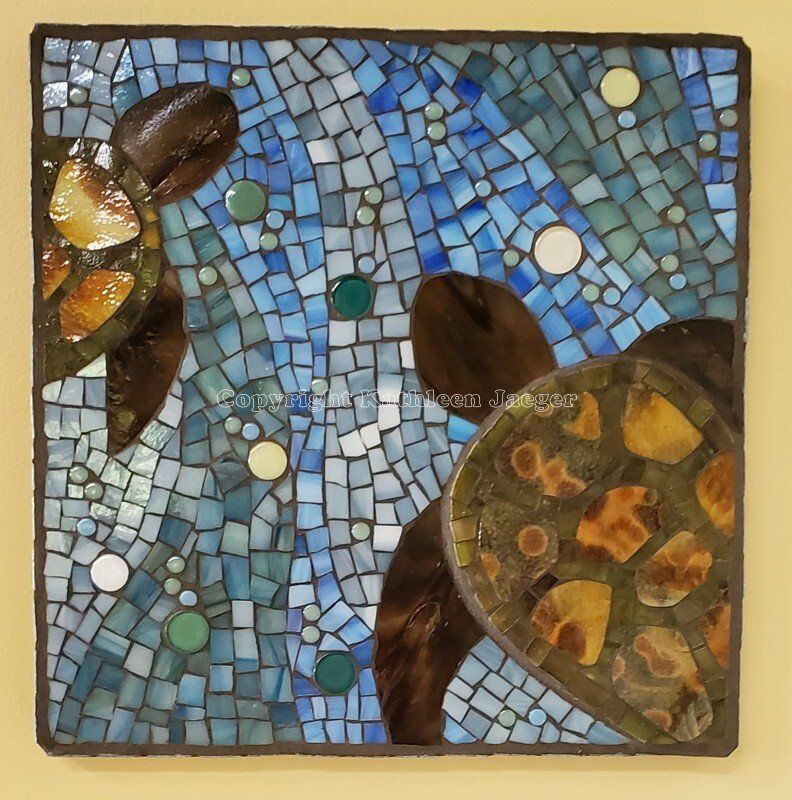April 2022 at the Gallery
Volume 13, Issue 4
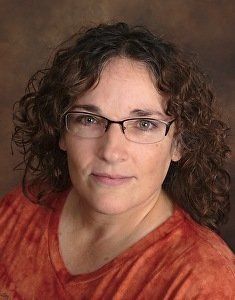
Artist of the Month:
P.L. Hedden
P.L. Hedden is a self-taught oil painter specializing in Big Island landscapes and seascapes, with the occasional close-up, just to keep things interesting.
Hedden comes from an artistic family. She remembers her oldest sister giving her drawing lessons as a child. For many years, her preferred mediums were detailed pen and ink drawings, and watercolor paintings.
Then in 2011, inspired by a trip to the Clark Museum, she jumped into oil painting. Not wanting to deal with solvents, she decided not to use brushes, only palette knives. Hedden's use of knives creates a distinct textured appearance in her oil paintings.
As KVA's featured artist for the month of April, P.L. Hedden will be displaying a special selection of her pieces with many of them ranging from 5 x 7 inches to 12 x 12 inches in size. She will be at the KVA Gallery in person on April 4, 11, 18, and 25.
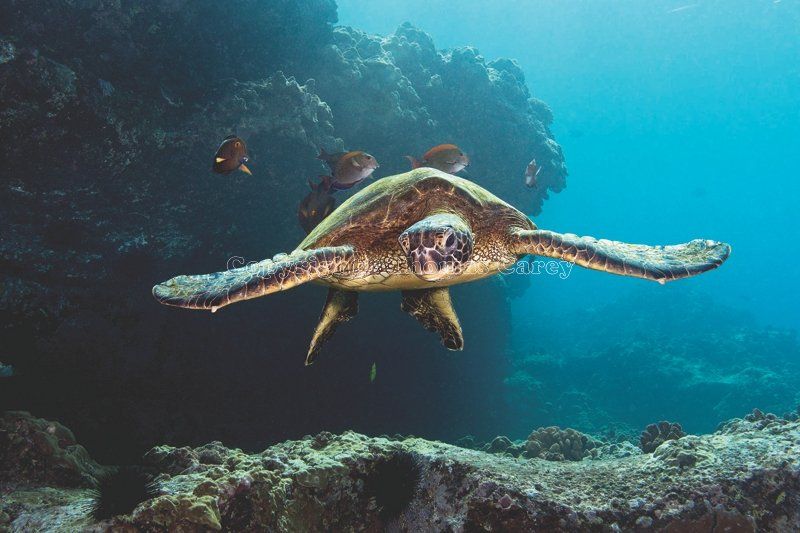
Honu (Green Sea Turtle), Honu, Everywhere
As a working artist in Hawaii, it is very likely that your portfolio includes a honu. If you didn't start out with one, eventually someone will request it. So it's kind of a benchmark of your existence in the local art community.
To be fair, honu (Green Sea Turtle or Chelonia mydas) are part our island fauna. They inhabit the waters surrounding our Hawaiian islands and are often seen basking on our shoreline. Honu were not always so present in Hawaii. In the 70s and 80s, local turtle populations became critically low, depleted by turtle hunters seeking their meat for soup and their shells as trophies. Activists campaigned on their behalf urging locals to "Save the Turtles."
Almost two generations later, turtle populations have slowly recovered enough that we can experience the enchantment of seeing turtles on the beach.
With a life expectancy as long as 80 years, honu are symbols of longevity, wisdom, and tranquility. The partial recovery of a species that was on the brink of extinction represents one of the rare successes of humans as stewards of biodiversity. No wonder there are so many artistic representations of honu.
With seventeen artists, KVA has our fair share of honu art -- enough to create a slide show. Of course, we are obliged to start with our gallery's logo.
Art Journeys
with Shannon Nakaya:
Demystifying the Giclee
What exactly is a giclee? The short answer is that a giclee is a copy of an original work of art that is generated on a high-end or commercial-grade ink jet printer. Giclees can be such exact reproductions printed on the same material as the original that even experts can be hard pressed to distinguish the copy from the original.
Giclees are printed with a resolution as high as 2880 x 1440 DPI, using as little as 3 picoliters of ink per dot. To put that into perspective, there are 50 million picoliters in one drop of water, so we’re talking truly small dots and a resolution four times that of the home office ink jet printer. These printers also use as many as 12 different ink cartridges loaded with very refined particles in order to deliver those minuscule dots. Given that the human eye can’t actually see individual dots that small, this may seem like overkill just to be able to tout some big numbers and charge more for a copy. But, the high resolution and added color palette allow for exquisitely precise reproduction of the original work. The technology about how these printers work is indeed impressive.
High end giclee printers can print on different materials such as papers with different textures and thicknesses or even canvases. They can also print in large formats generating prints that are 60 inches in one dimension and even longer in the opposite dimension.
Giclees are high quality copies that, with moderate light conditions, should last several generations (100+ years) without fading or deteriorating, whereas a low quality print might show signs of fading within a year, even without exposure to sunlight. (All prints sold at KVA Gallery, by the way, are giclees.) Giclees allow painters to share their masterpieces with more people while preserving the original piece. Put another way, giclees allow more people to own an artist's art.
P.L. Hedden draws viewers into her paintings.
Employing only palette knives to build her rich impasto (an art style which involves laying on thick layers of paint) creations, she considers herself a Contemporary Impressionist. Noteworthy of her depictions is a penchant for exploring the vitality of a scene as she strives to capture the immediacy and motion that is characteristic of nature. Her mastery of this is abundantly clear in her seascape paintings like the one below titled, "Massive Swell", where you can feel the power and tug of the swell, and the explosive crash and splash where the swell encounters the immovable lava rock.
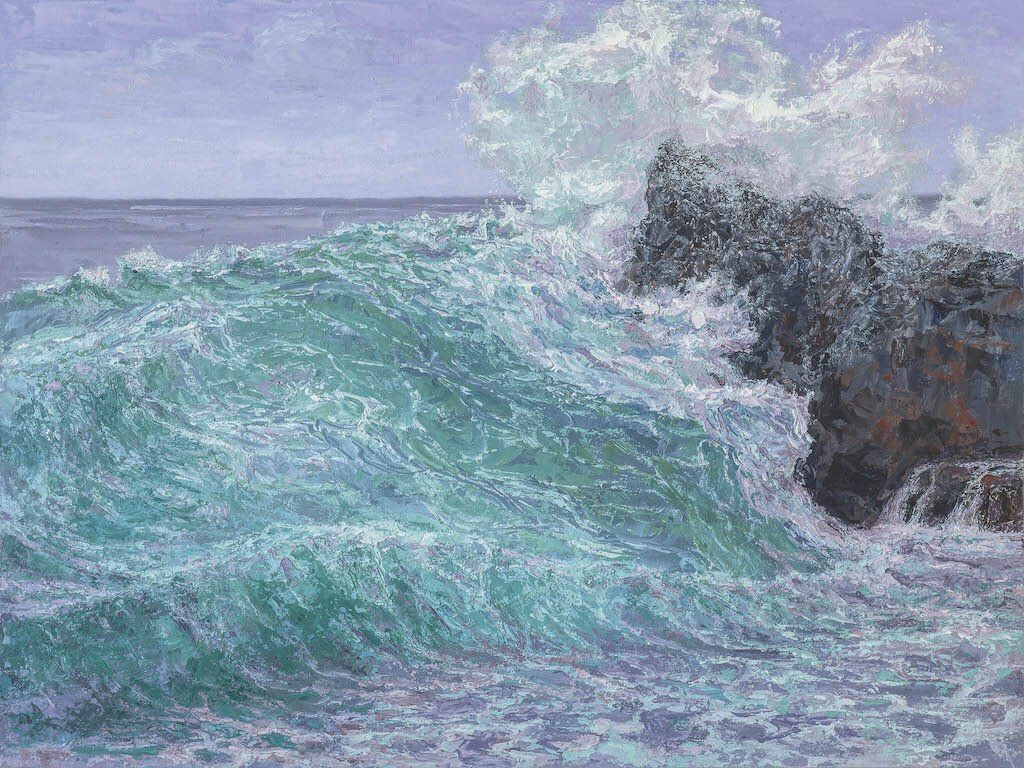
P.L. Hedden knows first hand the adventures and inspirations that can accompany
plein air painting. She vividly recalls working on the painting titled, "Intermittent Stormy Skies," at a pond on the east (wet) side of the island. What started off as a sunny day with clear blue skies, morphed into a torrential downpour 20 minutes into the painting. Her clothes and palette got soaked as she packed up her supplies, not expecting the rain to let up anytime soon. When she returned to the scene four hours later, stormy, overcast skies prevailed, making the water a dark, murky presence with subdued reflections now making the lily pads a focal point, starkly contrasting with the dark water. In that moment, she entered "the (inspired artist) zone," and felt all of her knowledge and experience come together as she deftly completed the painting.
P.L. Hedden demonstrates the range of her talent with the occasional close-up such as this hibiscus where she applies her palette knife technique to demonstrate the depth, texture, and rich color of a single flower.
